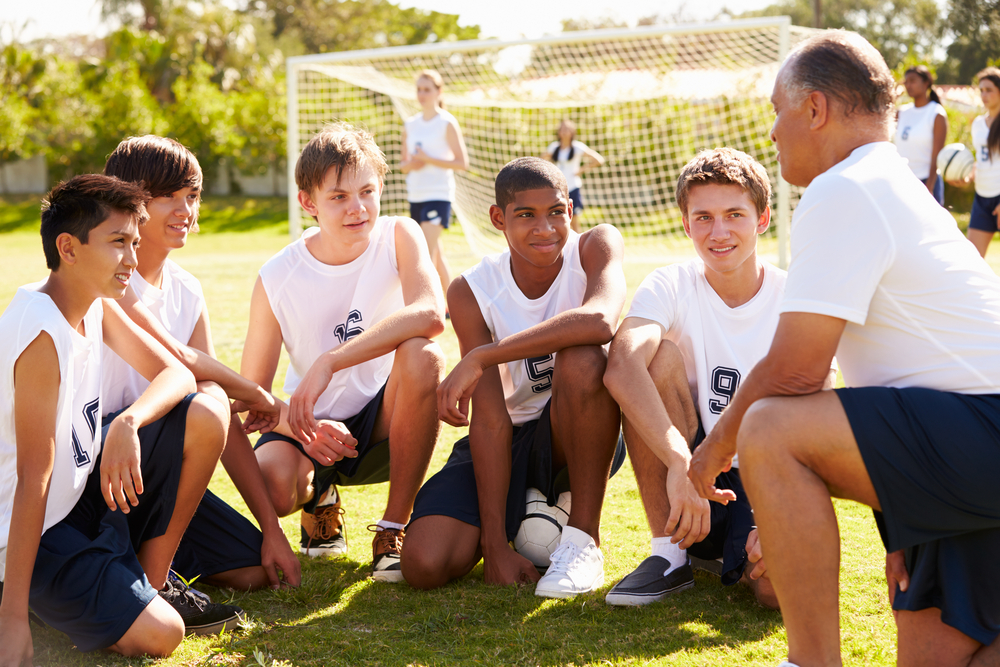
School sports are a terrific way to teach important life skills like leadership and teamwork, encourage confidence and build endurance. Signing up for a sports activity is exciting for both the students and parents, however, it’s important to consider the intensity, level and risk before making a commitment.
Choosing the right sport, level and intensity
If this is your child’s first time participating in team or individual sports, it’s important to understand what she wants to do and her anticipated skill level. Does she want a competitive or casual environment? Is she more interested in the technical or physical aspect of sports or the social bonding time it provides? Asking yourself questions like these will help you and your child choose something she’ll love.
Make sure the environment is safe
Winter sign-ups are right around the corner for school and club sports, here are a few things you can do now to make sure your child is ready for the start of the season:
- Visit your pediatrician or family doctor for a full physical exam
This will help determine whether he is fit enough physically and mentally to participate in regular and vigorous physical activity. (Most children with medical conditions will be able to participate safely in sports)
- Confirm the integrity of the safety equipment
For high contact sports, like football and hockey, it’s particularly important to check the integrity of the safety equipment. Check for cracks in the helmets or excessive wear and tear on shoulder or shin pads.
- Talk to the coach
Ask your intended coach or team captain about their emergency protocols for illness or injury and their policy on handling muscle fatigue during a game or practice.
- Talk to your child
Children who participate in school sports are at risk for injuries like ankle or hamstring sprains, pulled muscles, shin splints, tennis elbow and various knee injuries. Take time to teach your child how to prevent these common injuries.
Top 10 safety tips for school sports
School sports are a terrific opportunity to have fun, get to know new people and gain a sense of camaraderie. Here are 10 safety tips for school sports, so you and your child can enjoy the season:
- Warm up BEFORE games and practices and stretch AFTER to release muscle tension and prevent injuries. Stop activity right away and seek medical attention at the first onset of discomfort or pain.
- Stay well hydrated by drinking plenty of water before, during and after play.
- Get plenty of rest in between practices and games to avoid muscle fatigue or overuse injuries.
- Wear properly fitted safety gear to prevent or reduce the severity of injuries.
- Keep locker rooms, equipment and clothing clean to lower the risk of contagious skin issues like ringworm or athlete’s foot.
- Eat a healthy diet of lean meats, whole grains, leafy greens and fruits to avoid feeling sluggish on the field, which can increase their risk of injury.
- Play head-smart and watch out for any warning signs of concussion. When in doubt, sit it out.
- Be educated about heat-related illness like heat exhaustion or heatstroke. Stay hydrated, take breaks and report any problems to the coach.
- Protect their hearts from sudden cardiac arrest. Know where the nearest defibrillator is located in the unlikely event it is needed.
- Make sure there is proper on-field medical care and know where to go for urgent medical care if it is needed.
Parents should always have an emergency plan in place for sports-related injuries should their young athletes become ill or injured. Pomona Valley Health Centers has over 30 years experience in sports medicine and orthopedics. Our state-of-the-art facility is well equipped to treat all minor and most major sports-related injuries.





